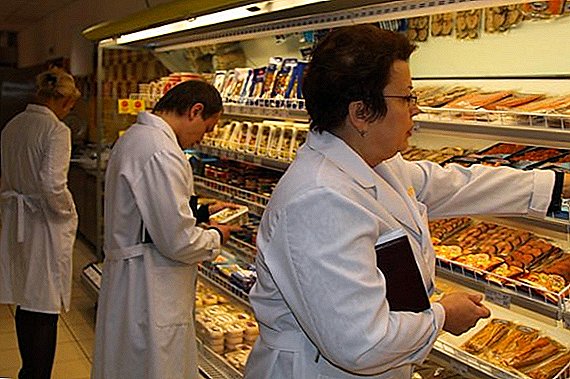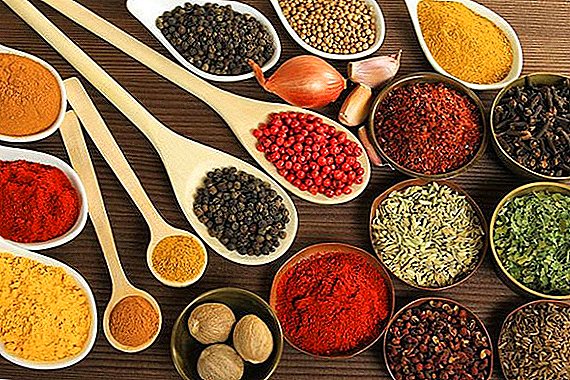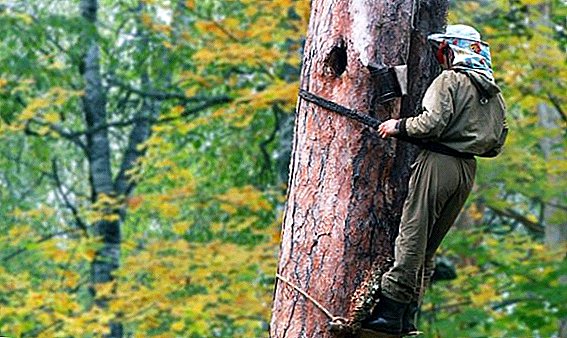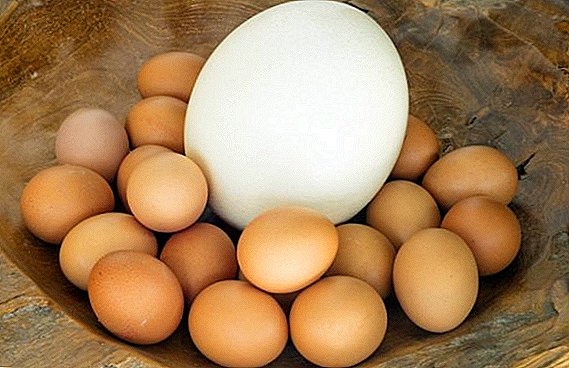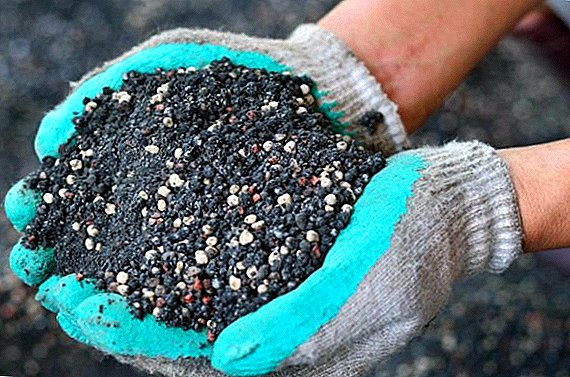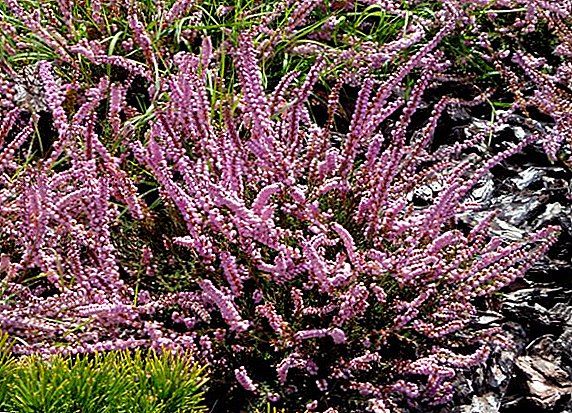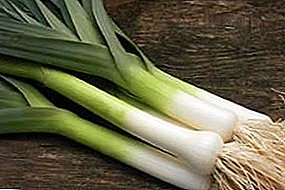
Leek can be called one of the most valuable of vegetable crops. It has a high content of vitamin C, B1, B2, B3, E, PP and provitamin A.
It perfectly preserves its properties for a long time. During storage, ascorbic acid accumulates in the onions.
With the constant use of leek for food, immunity increases to colds.
It has anti-tumor, diuretic, anti-inflammatory properties. The gallbladder and intestines work even better. And he just indispensable in the kitchen. It is included in the recipes for cooking first, second courses and even baking. How to store leeks for the winter?
In our articles we have already talked about how to store onions in storage and at home, as well as about saving green onions and methods of storing seedlings until spring planting. Now consider ways to store leek for the winter.
Fundamental rules
How to store leek? Leek can be stored for a long time. By adhering to certain rules, you can eat throughout the winter. fresh onion.
How to prepare leek for storage? He tolerates quite easily frost down to -7 degrees. But still harvest should be removed before the onset of frost. The first thing you need to dig and shake off the ground from the root system. It is necessary to try to the earth did not fall between the leaves. With these simple steps, the onion harvesting begins before storage for the winter.
Vegetable must be dried and trimmed roots. When trimming the roots, be careful to do not damage the bottom. It is best to leave 1/3 of the spine, in this state the shelf life will increase.
 There is a lot of controversy about whether whether to cut the leaves? The clear answer is no.
There is a lot of controversy about whether whether to cut the leaves? The clear answer is no.
With cut leaves, the vegetable will quickly fade and may be subject to various diseases.
What to store leek? You need to start by sorting over the already dried heads. Suitable for further preservation only strong onions. They must be even and without visible damage.
In one container you can store onions of only one variety.
Fresh onions are well preserved in the sand. To do this, the bottom of the box poured sand layer 5-7 cmthen the bow is set in a vertical position. The distance between the Lukavitsy fall asleep wet sand. When using this method, the vegetable will be stored approximately 6 monthswithout losing their qualities.
For security purposes, they are used and plastic bags.
Where to store leek? Onion storage in the cellar (basement) is possible only in boxes of sand. Its preferably pre to disinfect. For this sand is calcined in the oven. You can make a disinfection in the yard. A fire is kindled and an iron tank filled with sand is placed on it. During the time the fire is burning, the sand will be ignited. The boxes, already prepared, are lowered into the cellar.
In the absence of a cellar or bulk room, it is possible to store onions at home (an apartment), for example, on a balcony or in a storeroom.
In a refrigerator onions are also well preserved. To do this, pre-wash it, cut off the roots and extra leaves. After the vegetable dries well, pack it in a plastic bag and put it in a special compartment in the refrigerator.
Can washed and dried onion chop, pack into bags and fold in the freezer. In crushed and frozen form, it takes up little space.
At what temperature to store leek? In the cellar leek is stored at a temperature from 0 to +4 degrees. On the balcony can transfer frosts up to -7 degrees. This is provided that the box is additionally wrapped with something warm, such as a blanket. In the refrigerator, the temperature should not be below +5.
Tips for growing and subsequent storage of leeks in the basement, as well as right in the garden in the winter in this video:
Optimal conditions
 How to store leek? What are the storage conditions? When stored in a cellar or basement, humidity should not exceed 80-85%.
How to store leek? What are the storage conditions? When stored in a cellar or basement, humidity should not exceed 80-85%.
In the refrigerator, moisture is stored in the package due to its properties. Polyethylene does not pass air, does not allow to dry to the vegetable.
Subject to the temperature and humidity of the air leek will be saved 6-7 months. In the freezer the shelf life is increased by 2-3 times.
How to store a leek after harvesting? The only condition for proper storage of a leek after harvesting should be dry and bright room. If weather conditions allow, it is advisable to leave it on the street and dry it. It is best to do it on the armor mesh. So the air will circulate and dry the vegetable on all sides evenly.
Ways
How to store leeks for winter? In addition to the considered methods (in the cellar, the refrigerator, on the balcony), you can consider other, more unusual.
Very interesting and unusual taste pickled onions. It is necessary to take the white part of the stem, cut it and lower it for 2-3 minutes in boiling water, pre-salted slightly. Then, as tightly as possible, put in jars and pour marinade. For the marinade is taken:
- water - 1 l;
- salt - 50g;
- sugar - 100g;
- vinegar - 100 ml.
How to save leek for the winter, you can learn from the video:
How to keep leek until spring? To preserve the maximum amount of nutrients used onion drying. You can use the oven or electric dryer. The most suitable temperature for this +50 degrees. Such a bow can not be stored in an airtight container.
Freezing onions will increase shelf life.
 Can save onions in cling film. But it retains its beneficial properties for 1-2 weeks.
Can save onions in cling film. But it retains its beneficial properties for 1-2 weeks.
At a constant temperature of +2 degrees, the period can be extended up to 3-4 weeks. Before you pack onions in food film, you must first to cool.
Respecting temperature and storage conditionsduring all winter and even spring months, you can enjoy the freshness of the vegetable.
At any time you can use it in cooking soups, meat dishes, or bake onion pie. And also in the most fierce winter weather avoid catarrhal diseases.




